@ Qingdao people opened the sea in Qingdao this Sunday, and the most complete seafood purchase strategy came!
This Sunday (September 1st),
Qingdao people’s long-awaited "opening the sea" will come as scheduled.
Where can I buy the freshest and cheapest seafood?
How to go, how to choose
Come on, take what Qingbaojun has carefully arranged for everyone.
Let’s go with this "sweeping goods" strategy.
Where to buy it
Market article
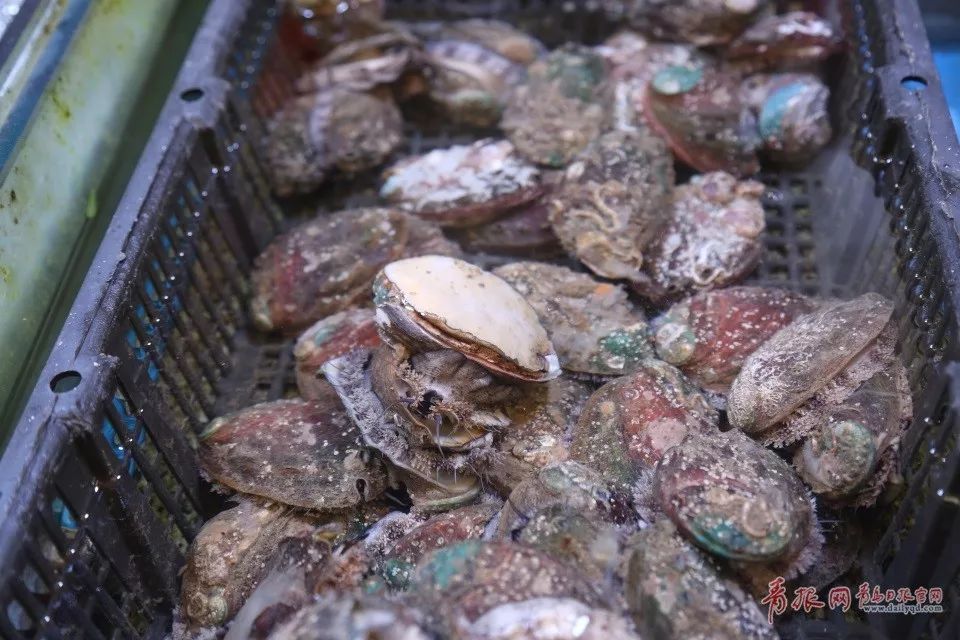
Tuandao market
Tuandao Farmers’ Market, located near No.5 Taixi No.1 Road in Shinan District, is becoming more and more "tall". In the seafood stall on the first floor, many fresh seafood can be seen everywhere, including abalone and lobster. Tourists who like seafood are suitable to live around here. Buy some seafood and go to a restaurant for processing. It’s cheap and fresh.
Nanshan market
The biggest feature of Nanshan Market, located in Sangzi Road, Shibei District, is that the goods are complete, and fish, shrimps, crabs and all kinds of seasonal seafood can be found there, saving time and effort.
Dalian road market
Dalian Road Market, located in Dalian Road, Shibei District, also has a variety of seasonal seafood such as fish, shrimp and crabs, which are affordable and fresh. It is also recommended that tourists who want to taste seafood buy it here and find a restaurant to process it!
Wharf article
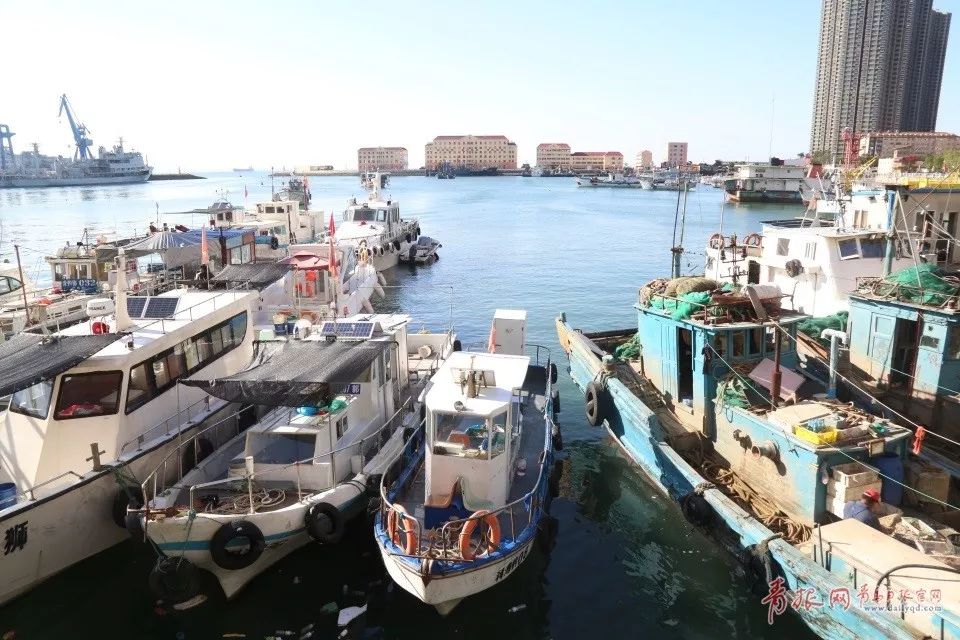
Shazikou fishing port
As the largest fishing port in the city, Shazikou National Fishing Port in Laoshan District is mainly for merchants to wholesale, with complete varieties and sufficient supply.
Qingshan fishing village
Most of the berths at Laoshan Castle Peak Wharf are working boats, usually fishing in the offshore. These fishing boats are sold directly on the dock all the year round, but because of the tidal changes, the time of the daily sea goods market is not fixed.
Gangdongyu wharf
Gangdong Wharf is located in Wanggezhuang Street, adjacent to Yangkou Scenic Area. It is the second largest wharf in Laoshan District after Shazikou National Fishing Port and is rich in little seafood. Self-driving friends take Binhai Avenue, turn right after seeing the sign of "Wanggezhuang" and navigate "Gangdong Fishing Wharf". There is a seafood market every day in the local area. According to the change of tide, the landing time of fishing boats is not fixed.
Shazikou fishing village
Shazikou, Laoshan Mountain, still retains the original ecological fishing village. Fishermen fish offshore every day and sell them on the dock in the afternoon. little seafood with local characteristics is delicious. The catch is mainly yellow croaker, blackhead and sand board, and a small amount of shrimps, tigers, red crabs and small swimming crabs are also caught. Because it is pure wild and delicious, many citizens will go to the dock to find sea goods, and a few small miscellaneous fish will be brought home, cooked at home and delicious.
Jimiya fishing port
Self-driving friends go to Jimiya, go straight on Binhai Avenue after getting out of the tunnel, and navigation can directly search for "Jimiya Fishing Port". On the shore of the fishing port is the seafood market, where the newly landed seafood will be distributed. The local specialty Lingshan Island wild crab must not be missed.
Gujiadao fishing village
Gujiadao, one of the oldest fishing villages in Qingdao, is located on the south bank of Tangdao Bay, with beautiful scenery. Fishermen go out to sea on the same day, and after harvest, they will be sold directly on the pier at the head of the village, which is cheap and good.
Ride guide
Buy sea cargo bus routes
Gangdong Wharf: Take Bus No.616, get off at Gangdong Community and walk for 1000 meters;
Conference dock: Take bus No.616 (Yangkou-Qinjiatuzhai) and get off at Wangshankou East for the dock;
Yangkou Wharf: No.618 gets off at Quanling Station and goes to Yangkou Wharf;
Huangshan Wharf: Take bus No.618 and get off at Huangshan Station and go to Huangshan Wharf;
Castle Peak Wharf: Take bus No.618 and get off at Castle Peak Station for 10 minutes to reach the pier;
Jimiya Wharf: Take Tunnel No.7 and No.8 to Wuyue Square (sunny and sunny) Station in Xincheng, and then transfer to Bus No.27 in Development Zone and get off at Jimiya Station;
Zhaike Wharf: You can take bus No.7 and No.8 of Tunnel to Lingshanwei Hub Station, transfer to No.307 of Development Zone, and get off at the terminal. Or take the Qingxi Express to the West Coast Bus Terminal at the terminal, and then get off at the No.101 terminal in the Development Zone;
Chengyang Aquatic Products Wholesale Market: Take Bus No.767 and get off at Jincheng Road Station;
Shangma Daji: Take Bus No.774 to Shangma Parking Lot and get off at Shangma Parking Lot Station;
Hetao Daji: Take Bus No.774 and get off at Xihetao Station;
Chaidao Port Pier: Take Bus No.674 and get off at National Deep Sea Base Station;
Xifu Town Farmers’ Market: Take bus 673 and get off at Xifu Town Station.
Old Qingdao taught you to pick seafood like this.
Pick a shrimp and tiger
The one with the white "Wang" on the neck is female, and the third pair of feet of the shrimp and tiger is male with a calf. The female has a smaller body and a thinner neck.
Pick shrimp
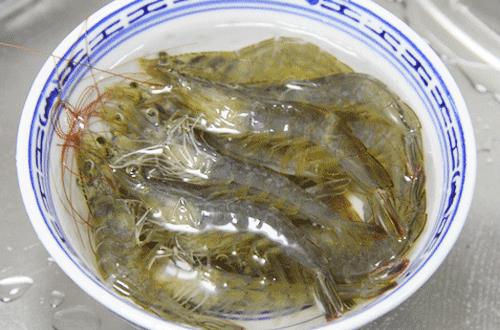
1. Look at the speed: live shrimps raised in the water swim as fast as possible when fishing with nets;
2. Look at the color: the fresh shrimp body surface and abdominal limbs are not black, the head and surface are not red, the shrimp shell is hard, and the shiny meat is more delicious;
3. Look at the tightness: it depends on the tightness between the shell and the muscle. The fresh shrimp is very tight between them, and it is not easy to peel it off by hand, but if it is a long-standing shrimp, it will be easily peeled off by hand;
4. Look at spitting bubbles: it is a quiet observation. Fresh shrimps will spit out bubbles from time to time, indicating that they have normal life breathing;
5. Smell: Shrimp has a fishy smell, and the more fishy it is, the fresher it is.
Pick fish
1. Fresh fish eyes are shiny, complete and slightly protruding, and there is no congestion and redness around them;
2. The gill color of fresh fish is bright red or pink, the gill cover is closed, the mucus is less transparent and has no peculiar smell;
3. There is less mucus on the skin of fresh fish, and the body surface is clean; Fish scales are tight, complete and bright; Press it with your finger to loosen it, and the depression will be flattened immediately; There is a round pit around the anus, hard and white, and the abdomen does not swell.
Pick crabs
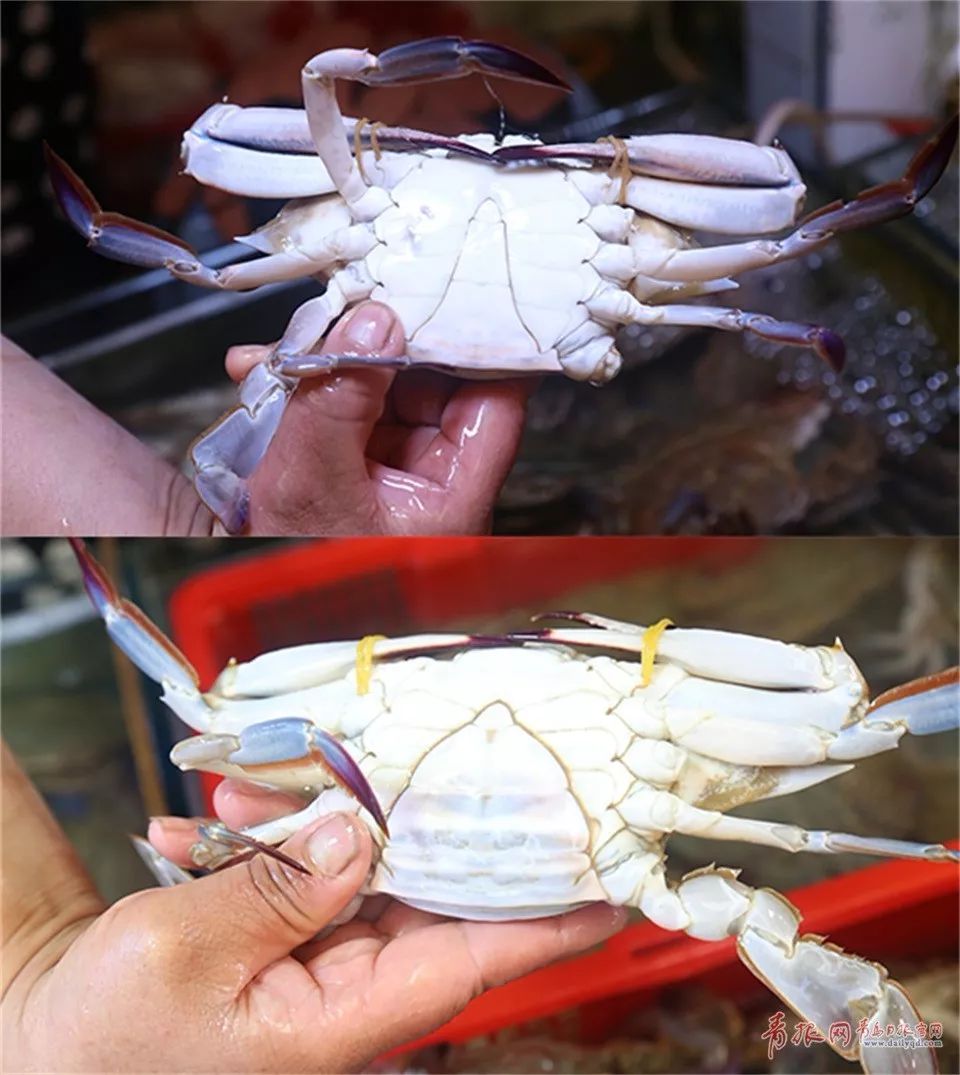
1. Look at the male and female: the male abdomen is triangular and the female is semicircular. This is the simplest method.
2. Look at the leg fluff: the fluffy and hard indicates that it is strong and fleshy, but it is weak and meatless;
3. Look at vitality: it can be turned over, and it can be turned over quickly to show that it is very healthy. If it cannot be turned over, it means that vitality is not strong;
4. It depends on the hardness of the abdominal shell at the top of the crab navel: squeeze it with your thumb, which means that the meat is thick;
5. Weigh the weight: If two of the same size are weighed by hand, which one weighs more meat.
Pick shellfish
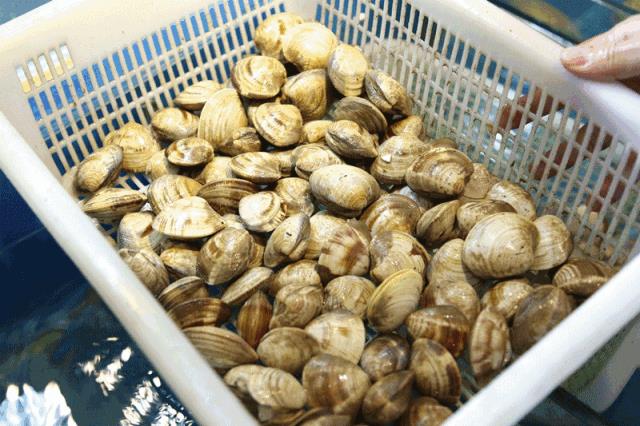
1. Look at the water: most merchants will keep it in water. If the water is turbid and there is a lot of sludge, it means it is not fresh. The water is relatively clear and generally fresh;
2. Look at the head: the big meat is thicker and chewy; Small size has less impurities;
3. pick slowly: each one must make sure that the tongue sticks out and can be retracted by touching it with your hand, indicating that it is fresh.
Pick oysters
Fresh and good quality oysters, full or slightly soft, milky white, clear body fluids, white or light gray, with the inherent smell of oysters. Poor-quality oysters are dark in color, turbid in body fluids, and have a strange smell, so they cannot be eaten.
Tips
Eating seafood in autumn, these taboos should be known.
★ Uncooked seafood contains bacteria. Generally speaking, it takes 4-5 minutes to cook in boiling water to be completely sterilized.
★ There are many toxins in dead shellfish. Once shellfish die, they multiply germs and produce toxins. Therefore, it is best to buy shellfish alive, buy them now and eat them now!
★ Seafood and beer cause gout with the same food. Seafood such as shrimps and crabs will form uric acid after metabolism, and excessive uric acid will cause gout, kidney calculi and other diseases.
★ Eating seafood and fruits together will cause abdominal pain. If eaten with persimmon, grape, pomegranate and hawthorn, it will irritate the gastrointestinal tract and even cause abdominal pain, nausea and vomiting. Therefore, seafood should be eaten with these fruits at least 2 hours apart.
★ Drinking tea after eating seafood leads to stones. It’s best not to drink tea when eating seafood. In the same way, it is also best to have an interval of more than 2 hours.
Crab, tiger, jellyfish, Spanish mackerel, snakehead, conch,
Oyster, hairy clam, scallop, sea rainbow …
They are coming!
Make an appointment with your foodie friend to sweep the goods ~